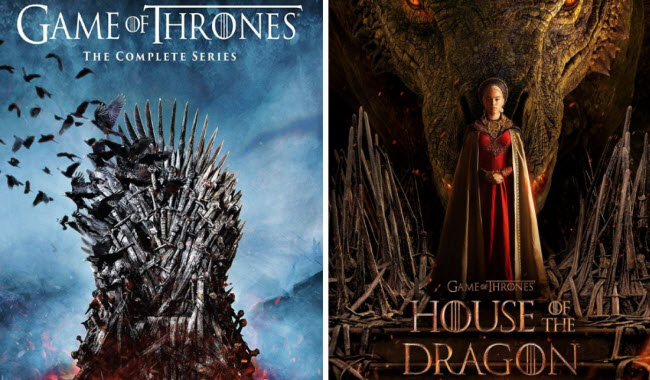“Game of Thrones” stands as one of the most prominent dramatic series of recent years, masterfully bringing to life George R. R. Martin’s vision of a world where dragons exist and humans vie for power and control. Many fans of the series have noticed the presence of several unique languages, such as the Dothraki and High Valyrian. These languages, crafted by linguist David Peterson, have captivated fans, leading many to explore and learn them. This article focuses specifically on High Valyrian, especially with its increased use by House Targaryen in the spin-off series, “House of the Dragon.”

High Valyrian, much like Latin, has ancient roots and has branched out into several dialects. In George R. R. Martin’s world, Valyria was an ancient empire akin to Rome. Though it no longer exists in the series due to its long-standing downfall, its original language, High Valyrian, continued to be used by an elite few. Over time, it evolved and branched into various lower dialects, similar to how Latin diversified into various regional languages. Peterson introduced specific modifications to differentiate High Valyrian from its lower dialects, such as the loss of long vowel sounds, reduced grammatical cases, and a more fixed word order. In the series, Daenerys Targaryen, having been educated in High Valyrian, also demonstrates knowledge of its lower dialects, as seen when she responds to insults in Low Valyrian to indicate her understanding.

In developing High Valyrian, Peterson drew from phrases used by George R. R. Martin in the “A Song of Ice and Fire” series, from which “Game of Thrones” is adapted. He included well-known phrases such as “Valar Morghulis” (All men must die) and “Valar Dohaeris” (All men must serve). Peterson felt it was crucial to incorporate these phrases into the language he was creating, adding some new elements to enhance the language’s depth. For instance, he introduced words from his own experience, such as “keli” (cat) named after his own cat and “traci” (son) in honor of a Twitter follower.

A notable feature of High Valyrian is its categorization of nouns into four genders: lunar, solar, terrestrial, and aquatic. Unlike conventional languages, where nouns are classified as masculine or feminine, High Valyrian assigns names as lunar (for humans), solar (for professions and body parts), terrestrial (for food and plants), and aquatic (for liquids). The first publicly known High Valyrian word was “kirimvose” (“thank you”). While Peterson was working on the language for “Game of Thrones” in 2012, fans eagerly awaited glimpses of his work, but he kept it secret to avoid spoilers. However, on his birthday, he used High Valyrian to thank everyone who wished him well, revealing “kirimvose.”
With the release of “Game of Thrones” and “House of the Dragon,” High Valyrian gained popularity among fans, many of whom began learning it and composing poetry in the language. On one occasion, a fan requested Peterson to translate a phrase from Star Trek into High Valyrian for a tattoo. Peterson obliged, translating it as “skoriot daorys gō istas nēdenkirī jagon,” which means “where no one has gone before and with courage to go.” Fortunately, Peterson was able to assist despite his busy schedule with “House of the Dragon,” which features numerous dialogues in High Valyrian, presenting a significant challenge compared to the previous series.
